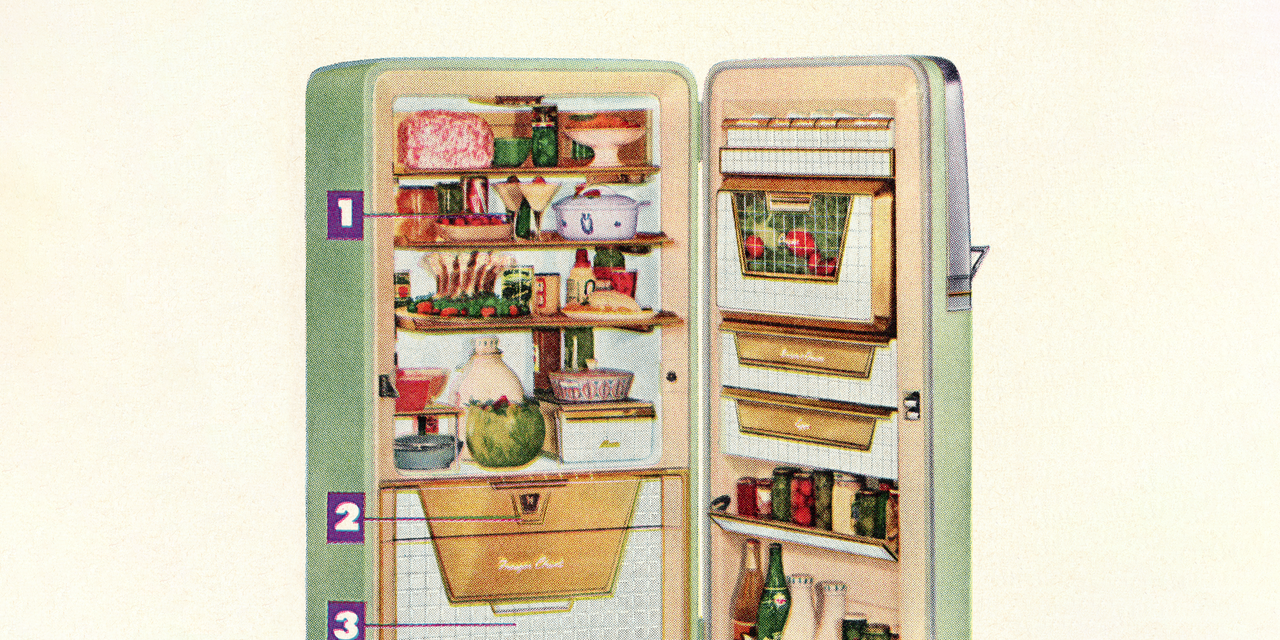Food
Is it safe to put hot food in the fridge? Or could it lead to illness?

Refrigerating leftovers promptly is crucial for preventing food poisoning, as leaving food in the “danger zone” temperature range of 40 to 140 degrees Fahrenheit can cause harmful bacteria to flourish. These bugs, such as Clostridium perfringens and Bacillus cereus, can survive high temperatures and multiply if food is not cooled properly, leading to unpleasant symptoms like vomiting and diarrhea. Foods like meat, poultry, and grain products are particularly at risk, so it’s important to cool them down quickly.
While it may seem like putting hot leftovers straight into the fridge is the best way to cool them down, experts suggest that it’s not necessarily the most effective method. Food scientist Dr. Donald Schaffner explains that hot food will cool down almost as quickly on the counter as it will in the fridge, as the difference in temperature is not significant. In fact, it’s recommended to let food sit out for up to two hours before refrigerating it to avoid potentially warming up other items in the fridge.
The process of cooling leftovers properly is essential for food safety, emphasizes Nicole Richard, a food safety expert at the University of Rhode Island. By minimizing the time that food spends in the danger zone, the risk of harmful bacteria growth is reduced. Understanding the specific bacteria that can cause food poisoning, such as C. perfringens and B. cereus, can help individuals take the necessary steps to prevent illness.
Certain foods, like meat, poultry, rice, and pasta, are considered higher-risk for bacterial contamination and should be cooled promptly after cooking. These foods are associated with bacteria that can survive high temperatures and multiply in the danger zone, leading to potential health risks. Proper refrigeration techniques can help mitigate these risks and ensure that leftovers are safe to consume the next day.
In conclusion, while it’s important to refrigerate leftovers in a timely manner to prevent food poisoning, there is no need to rush the process. Allowing food to cool down on the counter for a short period before placing it in the fridge is a safe and effective method. By understanding the risks associated with certain types of foods and the potential for bacterial growth, individuals can take the necessary precautions to protect themselves and their families from foodborne illness. Remember, food safety is key when it comes to leftovers, so take care to cool them properly before enjoying them later.

-

 News6 days ago
News6 days agoHouthis in Yemen arrest 11 UN employees and aid workers
-

 Auto6 days ago
Auto6 days agoFerrari intends to continue producing V-12 engines until they are prohibited by law.
-

 News7 days ago
News7 days agoKing Charles keenly feels the distance from Prince Archie and Princess Lilibet and wishes to see them as often as he can.
-

 News7 days ago
News7 days agoPhoto: 12-year-old machete murderer seen with 16-inch knife in his pants before fatal stabbing
-

 News6 days ago
News6 days agoResurfaced Interview from 2023 Shows Biden Saying His Son ‘Did Nothing Wrong’ Despite Guilty Verdict
-

 Videos7 days ago
Videos7 days agoTop 10 WWE NXT moments: WWE Top 10, May 28, 2024
-

 News5 days ago
News5 days agoDid Luke D’Wit, the killer of fentanyl, also murder his father and grandfather? Police investigate their deaths after the 34-year-old was convicted of poisoning a married couple in their £1m home.
-

 News7 days ago
News7 days agoLive Updates from Apple WWDC 2024: Expected Announcements Such as iOS 18, AI Features and More








